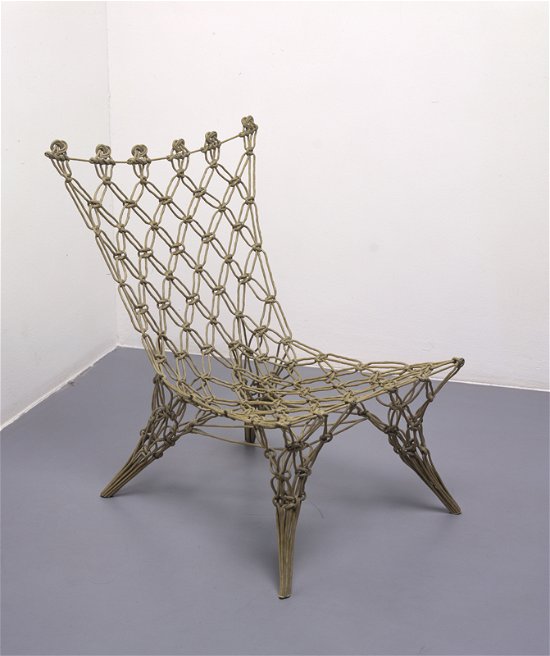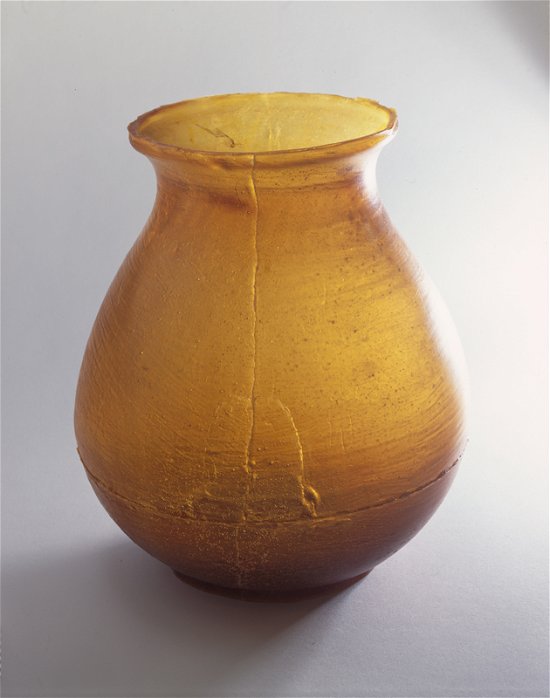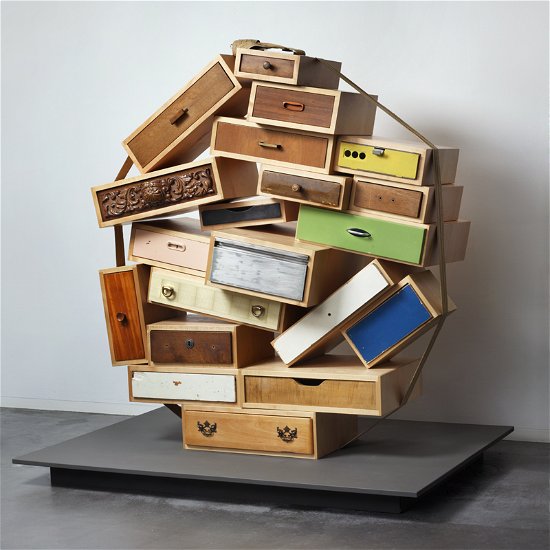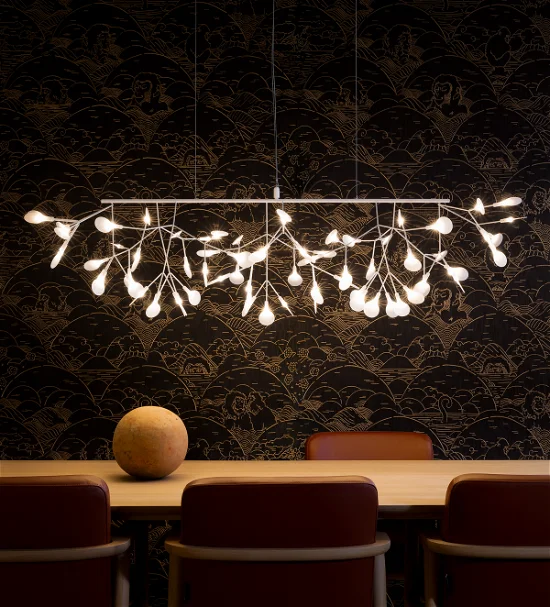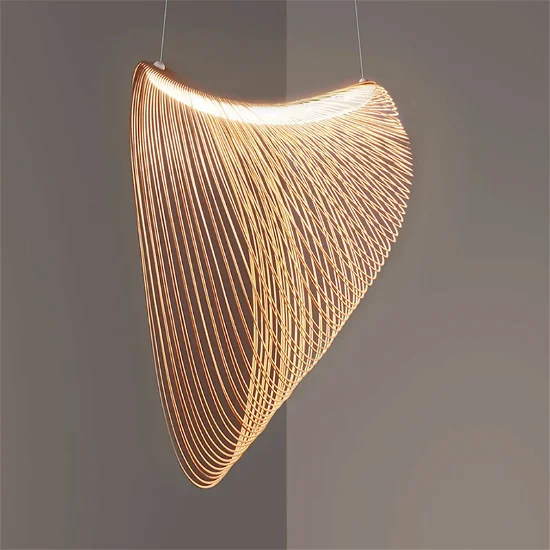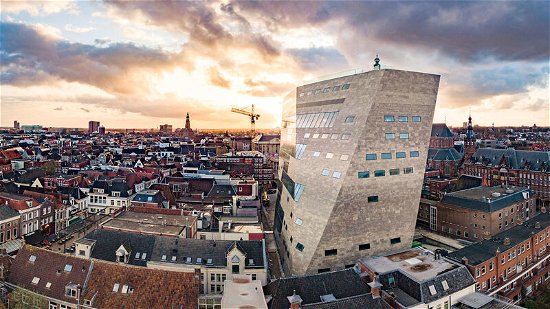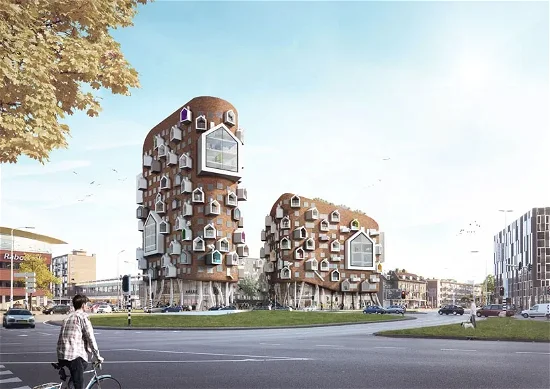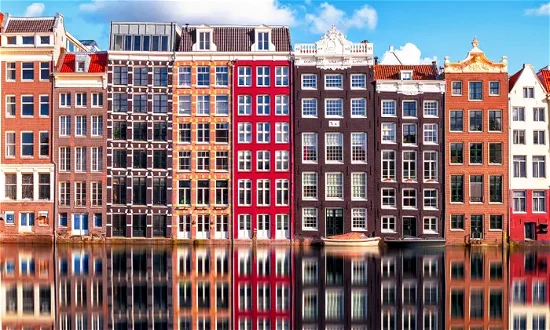Dutch Design Decoded
Its Impact on Modern Architecture and Door Making
Down-to-earth yet infused with humor. This describes the average Dutch person, but you can also see it reflected in Dutch Design. This term is used to describe (industrial) designers and artists who emerged in the Netherlands around 1990. In this blog, we will take a whirlwind tour through the history of designers from the Netherlands and Dutch Design and show the influence it had worldwide and on contemporary doors. Of course, we will also explore how the products of FritsJurgens seamlessly align with these beautiful designs.
The Forerunners of Dutch Design
The 1980s and 1990s marked the inception of what we now call Dutch Design. In the years leading up to this period, the groundwork was laid for these designers and artists. For centuries, the Dutch have been known for their inquisitiveness and ingenuity. Just look at the time of Art Nouveau or Jugendstil around 1900.
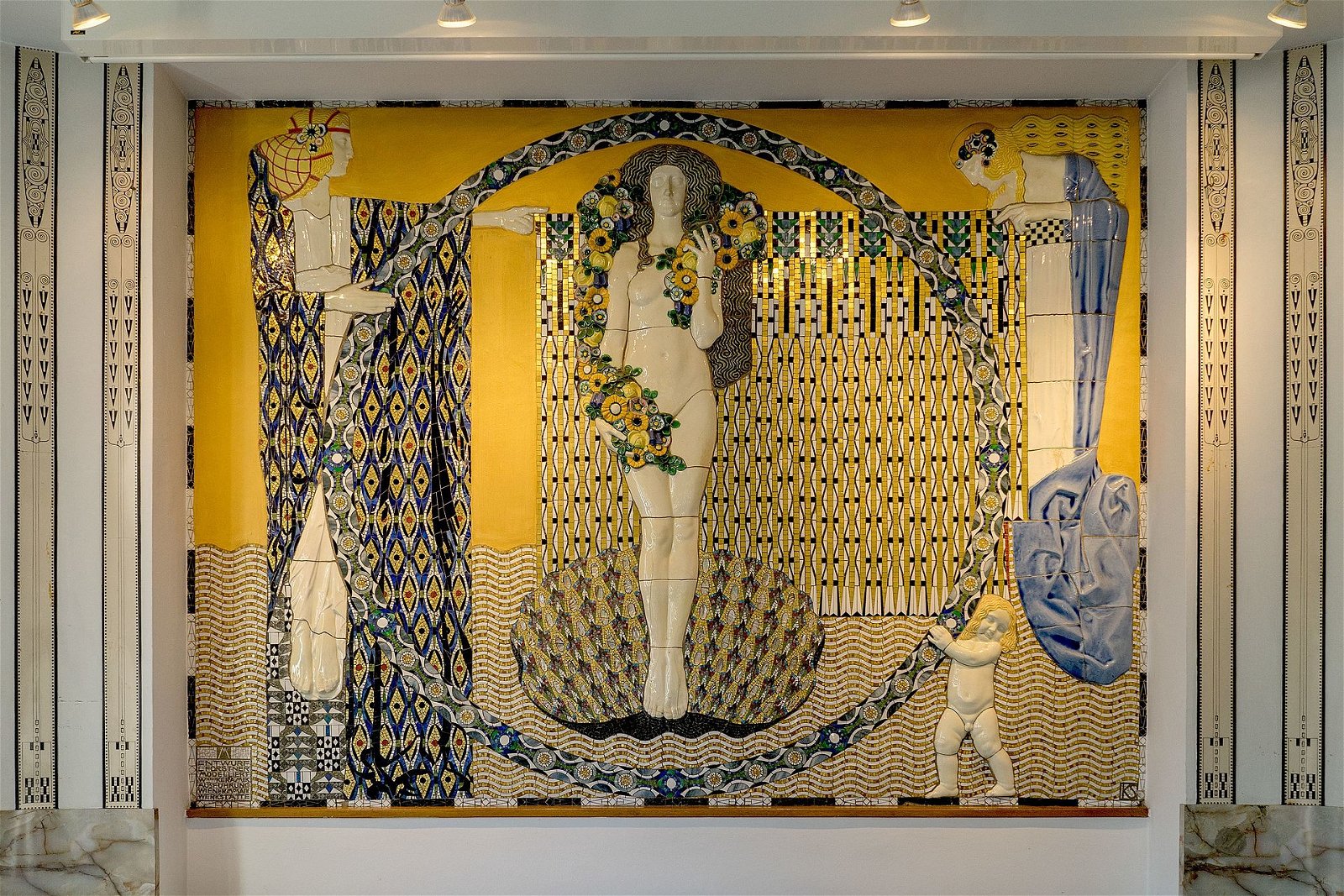
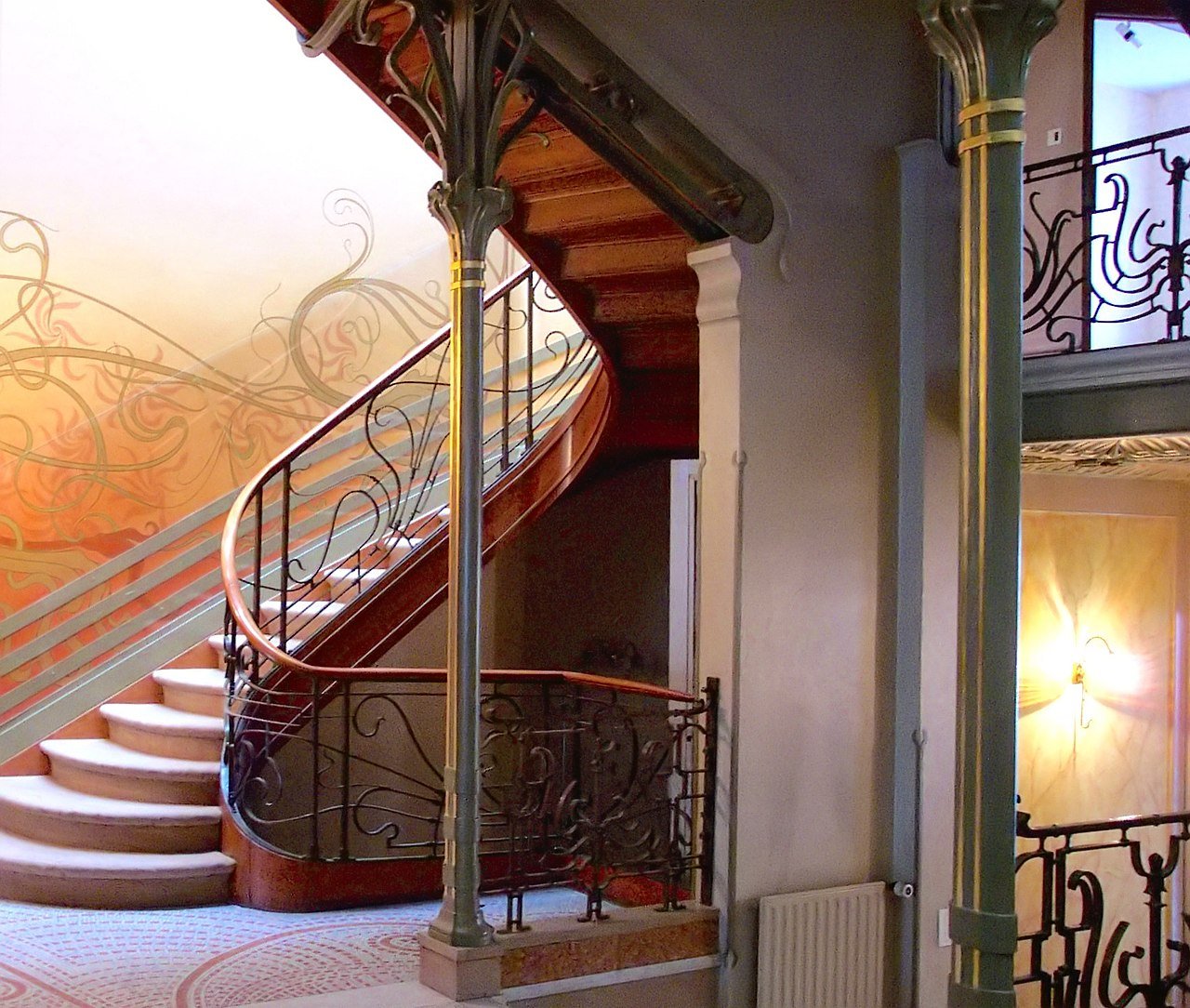
The Dutch variation of this art style was less extravagant than, for instance, in France and more in line with the pragmatic Dutch lifestyle. Some even argue that the centuries-long struggle against water in the Netherlands and the respect for nature form the basis of all Dutch art and designs.
De Stijl
What undoubtedly forms the foundation of Dutch Design is De Stijl (Dutch for The Style). Artists in this movement, named after the eponymous magazine founded during World War I by art critic and painter Theo van Doesburg, included architect Gerrit Rietveld and painter Piet Mondriaan. They predominantly used primary colours and basic geometric shapes. The characteristics of Dutch Design including functionality, user-friendliness and distinctive quirks are also evident in their designs.
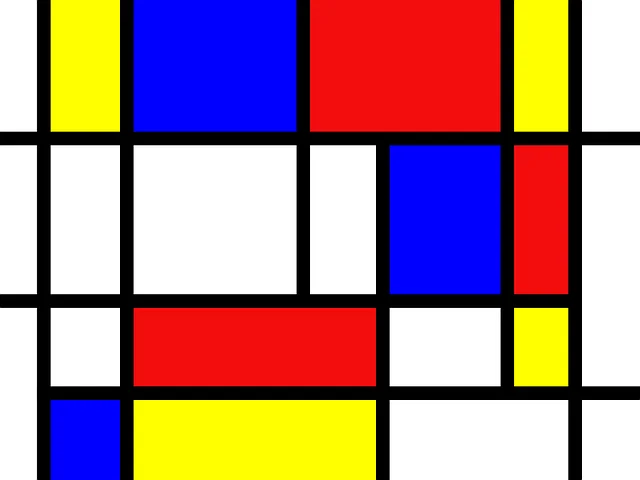
Droog Design
One of the names that cannot be omitted when talking about Dutch Design is Droog (Dutch for Dry). Renny Ramakers and Gijs Bakker founded Droog Design in 1993 for the Salone del Mobile design week in Milan. They gathered works from young Dutch designers that were often made from recycled materials, simple (dry), yet also humorous. The show in Milan was well-received, propelling Dutch Design onto the world stage. Over time, Droog has evolved from a label into a movement, a gallery, and a gathering place for artists.
Moooi
The label Moooi (Dutch word for nice or pretty, but with an extra o) can also be categorized under Dutch Design. This label was founded in 2001 by industrial designers Marcel Wanders and Casper Vissers. Together, they designed various pieces of furniture, lamps, and accessories, all of which have something special about them while remaining commercially appealing. Wanders gained recognition for his Knotted Chair from 1996, which he created for Droog Design. This chair, made of carbon-reinforced rope and epoxy, is straightforward yet innovative. It's no surprise that it's part of the permanent collection at the Museum of Modern Art (MoMa) in New York.
Simple Yet Effective
As we mentioned earlier: down-to-earth, but with humour. When diving deeper into the characteristics of Dutch Design, you'll also find simplicity and a focus on functionality. No unnecessary frills or embellishments; an item must be usable. Due to the emphasis on functionality and minimalism, one might almost think that the Dutch "just act normal, that's crazy enough" mentality is also a hallmark. Fortunately, a touch of eccentricity is also visible in the designs. Just think of Tejo Remy's Chest of Drawers from 1991.
Creativity and Innovation
Innovative use of materials and recycling is also a feature of Dutch Design, as seen in Wanders with his Knotted Chair. Designers frequently collaborate with scientists and universities. For example, in 2006, Joris Laarman designed a chair made of aluminum, inspired by the structure of bones.
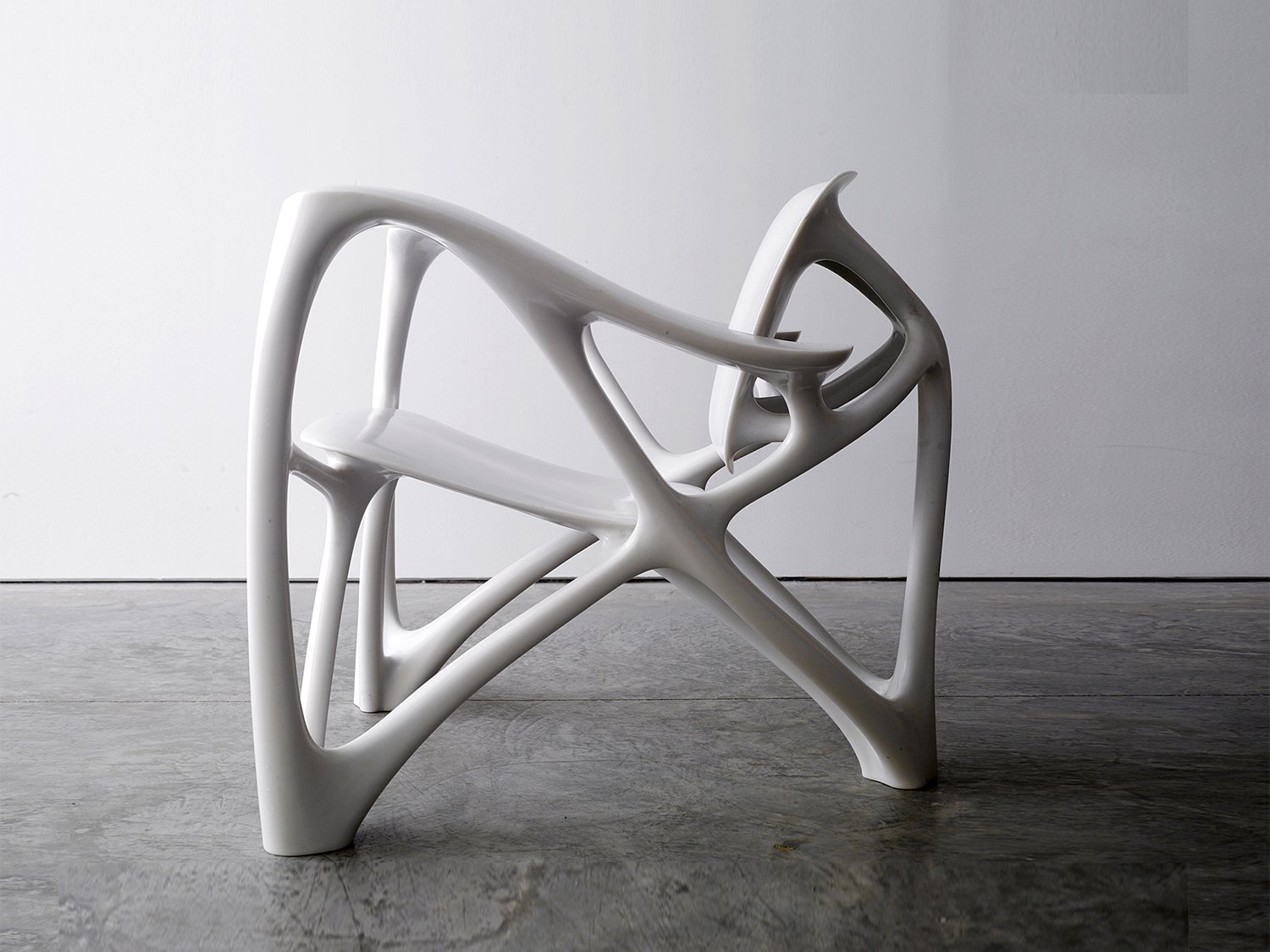
He did this with a computer program, originally created for the car company Opel to manufacture lighter components, which calculated where more support was needed or where a part could be thinner. His Bone Chair gained worldwide attention and is now part of museum collections.
Sustainable and Eco-Friendly Design
Reusing and conscientiously handling materials is a defining characteristic of Dutch Design. Piet Hein Eek became known for his cabinets made from reclaimed wood. The cabinets with which he graduated from the Design Academy in Eindhoven (in the South of the Netherlands) in 1990 have become globally renowned. Eek was bothered by the waste of leftover materials and began making other pieces of furniture from his own scrap wood. Later he also worked with scrap steel.
Modern Architecture
The principles of Dutch Design are also evident in modern architecture. There is an increasing emphasis on sustainability, user-friendliness, and a balance between aesthetics and functionality. This is not only observed in the Netherlands but also among architects worldwide. Doors that are not just practical but also have a stunning and unique design.
Innovations in Pivot Door Systems by FritsJurgens
When you look at the products of FritsJurgens, you can see why they fit so well within Dutch Design. The hinges are innovative and minimalist. Designers and makers can use them to create unconventional and out-of-the-ordinary doors and interiors. Moreover, they always keep the user in mind. These doors open easily, close by themselves, or sometimes not. Additionally, there's no need to damage the floor during installation, and underfloor heating is not an obstacle. Sometimes, the door isn't just a door but also a room divider or a bookcase. Innovation is what we do and will continue to do at FritsJurgens; our hinges, for example, keep getting smaller.
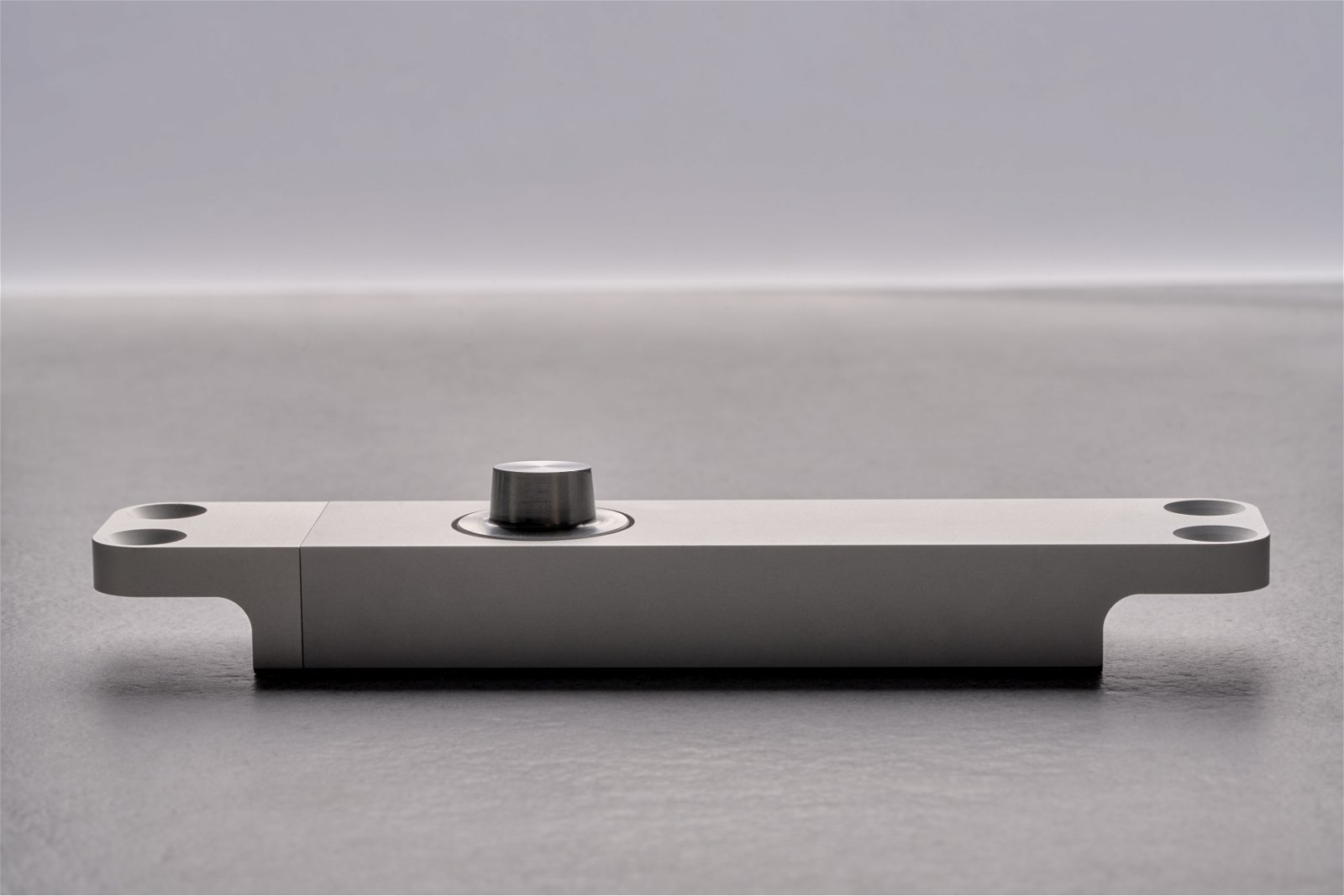
Innovations In Door Making
It's practical and beautiful simultaneously. You can see this immediately when you look at our ten most-liked pivot doors displayed on Instagram. FritsJurgens System M+, launched in 2020, can bear doors weighing up to 500 kg. This offers architects and designers the freedom to create truly Dutch Design. A door is no longer merely functional but also innovative and unconventional. The timeless design characterized in Dutch Design is easily achievable. The hinges from FritsJurgens do not wear out and require no maintenance, making them sustainable.
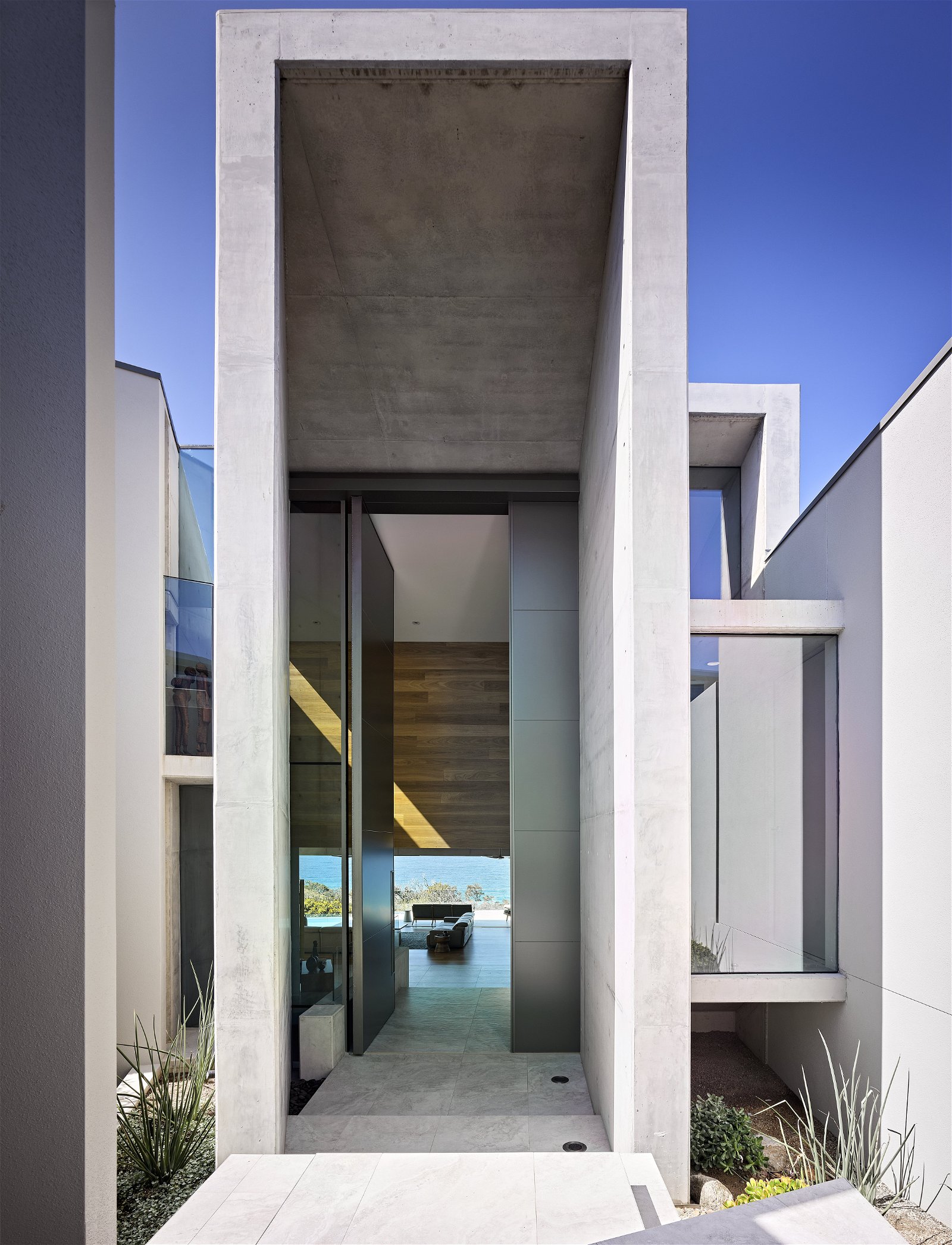
What Will You Create?
Dutch Design has become an integral part of contemporary architecture. Its influence is visible all around the world. Sustainability, user-friendliness, the combination of beauty and functionality. What do you focus on? Surprise us with your latest project or find more inspiration here. Do you already know which pivot hinge you want to use for your Dutch Design door? Locate one of our experienced dealers near you.







